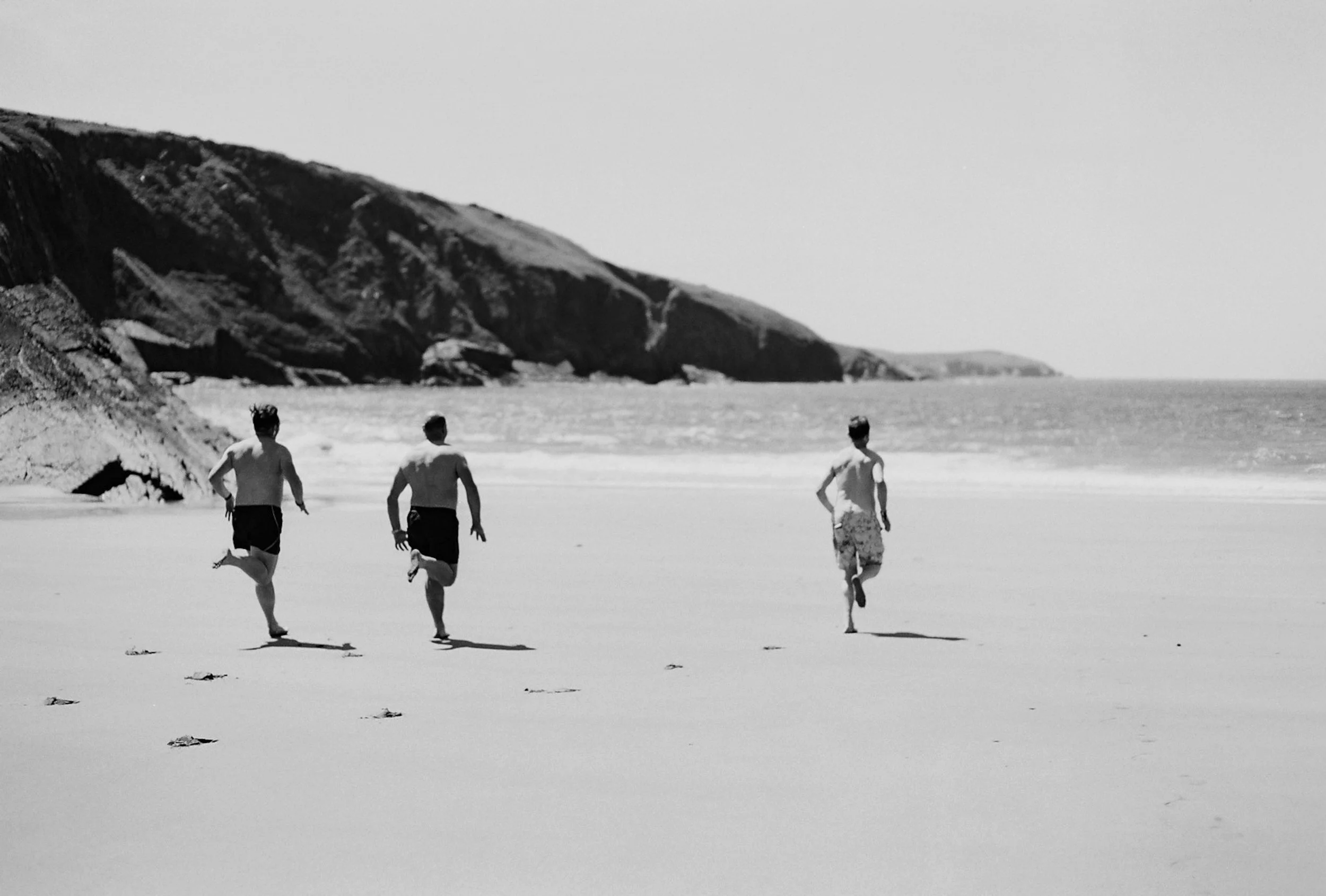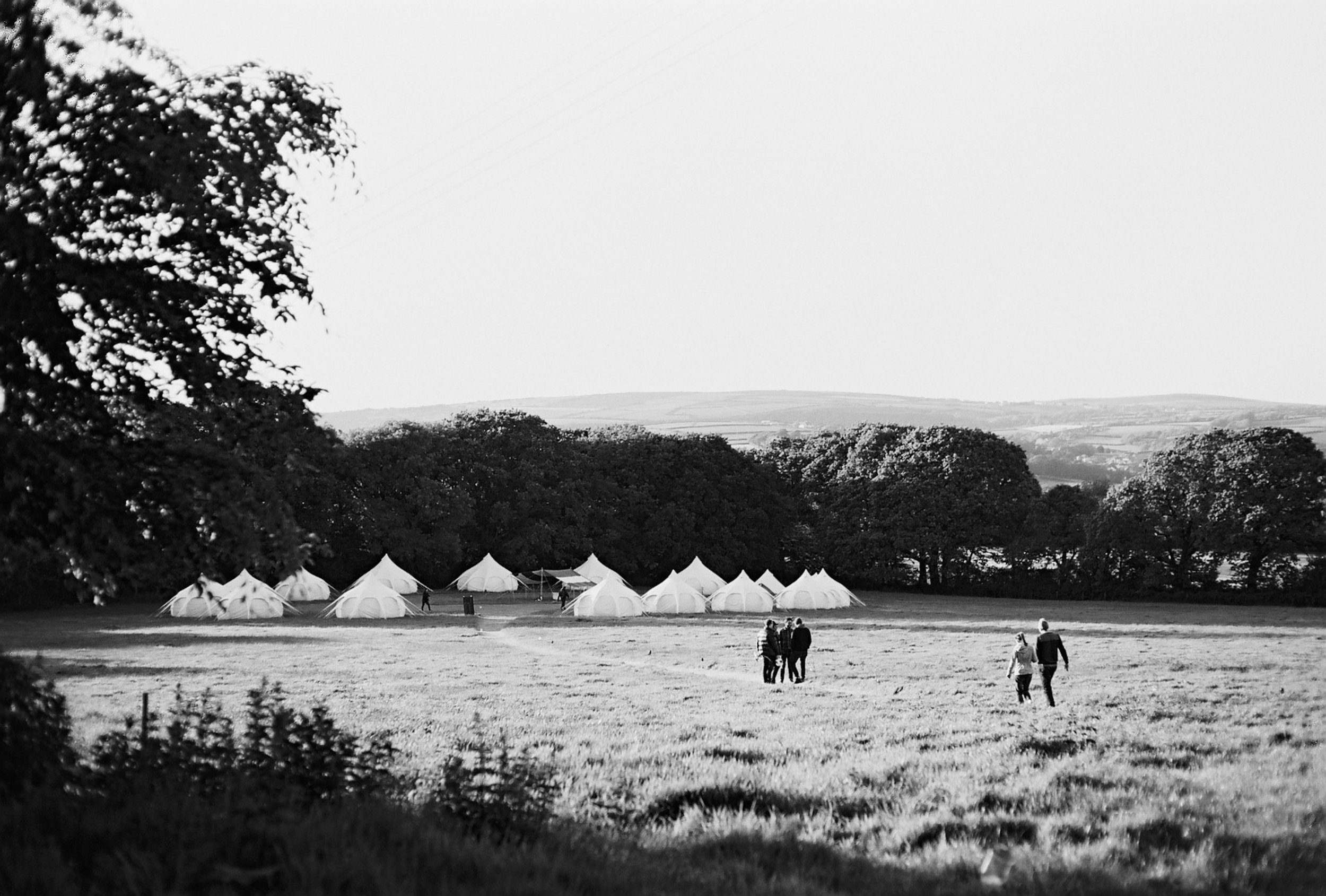the hills and me
I was always interested in photography but at the beginning it was from a very technical point of view, more about the camera and the kit itself. When I was a little kid I was a wannabe inventor, I was very interested in technical things, how things were put together and how things worked. My dad taught me all about cars and engineering and that was my world. I was restoring classic cars by the time I was 16 and If anything had nuts, bolts and fitted together, I was pretty obsessed. So a camera sort of fitted in that, but without really thinking about photography. But then whilst I was at college I got my first real camera, it was then that everything changed. I could see it for what it was and I almost fully parked the engineering-ness of what the camera was, although I can still appreciate it.
When I left school I wanted to work for Jim Henson, I really wanted to make the puppets, animatronics and robots for his work. So I thought, I'll go do electronics and electrical engineering because my dad is an electrical engineer. But by the time I'd finished that course I realised it wasn’t really my thing so I went on to do a classical mechanical engineering degree. The one thing that got me on to that course was the technical drawing and I realised that I’d actually been doing this since I was a kid, but I hadn’t realised what it was.
So I ended up becoming a draughtsman because I adored just explaining how to put something together. I absolutely loved the technical drawings and drawing information, which then led into me into design and then on to owning an interior architectural company.
Throughout this time I was still taking photographs for pleasure, but I'd never really given myself permission to do it all the time, because it was secondary to my main work, I suppose I never made the connection with thinking I could make a living with the outdoors, I saw my work and photography as very separate things.
I was born in Rawtenstall in the Rossendale valley, which is in East Lancashire. It’s beautiful, about five minutes out the back of the house and I was on the hills. It was really simple life. We used to walk everywhere because Mum and Dad never had a car until I was at secondary school. So if we were going anywhere, to the shops or visiting Grandma and Granddad we always walked. It seemed completely normal for us to be on the hills trudging somewhere and although it might've seemed a bit laborious at times; for instance on a Sunday, coming back from Grandma's, it's absolutely baking hot and all you can think is “I just want to be home”. But looking back, I am so grateful for this introduction to walking as a form of travel, not even as a pastime, as a way to get around. When I walk, there is a feeling that I’m not fully aware of, but it feels like I get into a bit of a flow. My head feels separate to my body, like it’s being carried, like I’m floating and I could go forever. This has hugely influenced my photography. It has fed into developing a state of mind which is trying to be quiet and look. Cartier-Bresson sums this up perfectly when he describes how photographers should try to enter a crowd of people, “as if you're wading into water, trying to make as few ripples as possible”. And I sort of hold to that. I remind myself that it's not about me, to just be quiet, and to just watch and look around. So I guess all those times of just being quiet on the hills when there's not many other people around have aided my ability to do this.
It was actually a lot later, as an adult when I realised what a gift the hills were. Because there was no contrast between where I grew up and the hills. I just dismissed how special they were until later on, when I could really perceive my childhood and surroundings for what it was. It was only then that I began to really appreciate it and started taking more photographs of the local area, especially around the time that my son, Archie was born. That was 13 years ago. So all those years before, when I was a kid, when I should have been taking photo’s,I just never looked at the landscape in that way. It was just home and I dismissed it, thinking that everything and everywhere else was more exciting.
About five or six years ago I began to actually earn fully from photography. At the beginning I tried to make a big body of work, of the kind of work that I wanted. I thought this is the kind of thing that I want to do, and I hoped someone out there would like it. And if they did they would ask me to do more of it, win-win. I didn’t have a conscious plan. I was just trying to make work that looks real and genuine so that people can connect to it. I figured I should try and see what is the mainstream and do the opposite, in the hope that it'll come around again! So it was a risk really. I have tried to work with digital, but it just really annoyed me a lot, the way that the images looped, the whole process of sitting in front of a computer, I just didn’t enjoy the process or the images that I produced. So I thought, I really want to love what I do, and I don't love doing it this way, so I'm not going to do it. So I carried on the way that I really like doing it, and held out, to see if it worked out. And luckily it did. Most of the time, if light allows, I just shoot very wide open. I trust I’ve done it enough times so I just trust and focus on being engaged. I just accept that it's my job and I want to do a good job. It’s rare now that I take my camera out to take images that are just for pleasure, but I was out recently with a friend and I took a camera and a single roll of film and thought, "Well, I'll just take a couple," but I just don't feel compelled to record any of it and when I do it’s for the other me, not photographer me. Because I'm always conscious of trying to separate the thing that I do and the thing that I am, and not to get the two too entwined. I'm then comfortable being a photographer, being a dad, being a husband and just being Jim.
Lockdown was really helpful in a way because for that entire period, for more or less a year, I didn't need to pick the camera up. I did still think about it a little, but I put myself under no pressure to pick it up, and I reverted to being the other Jim. I was just a dad, I was home-schooling, I was at home making meals, and that was enough. I was talking to another photographer the other day, and he said “it feels weird putting the costume on again, doesn't it? the costume of a photographer”. It is weird to go out and do it again but also lovely. This past year has given me the freedom to think at some point I might put the cameras down and do something else, which I'm really open to.
I recently saw a really good piece of advice from an American photography teacher, he talked about how people try and attach meaning to images too soon, or think that when they've taken a photograph it has to mean this thing, or be about something. He said “pack that in. Park it. You can attach meaning later. Just go out and take photographs as if you are photographing light and the way that it lands. That's enough. Start like that. Just keep doing that for a long time, because it will make you see that's actually all you are ever photographing, the way that light reflects off everything”. This practise makes you aware of the way that light is at different times of the day, good light, bad light. And that's enough at the beginning. Don't think about anything more than that and just take the shot.
Jim Marsden



